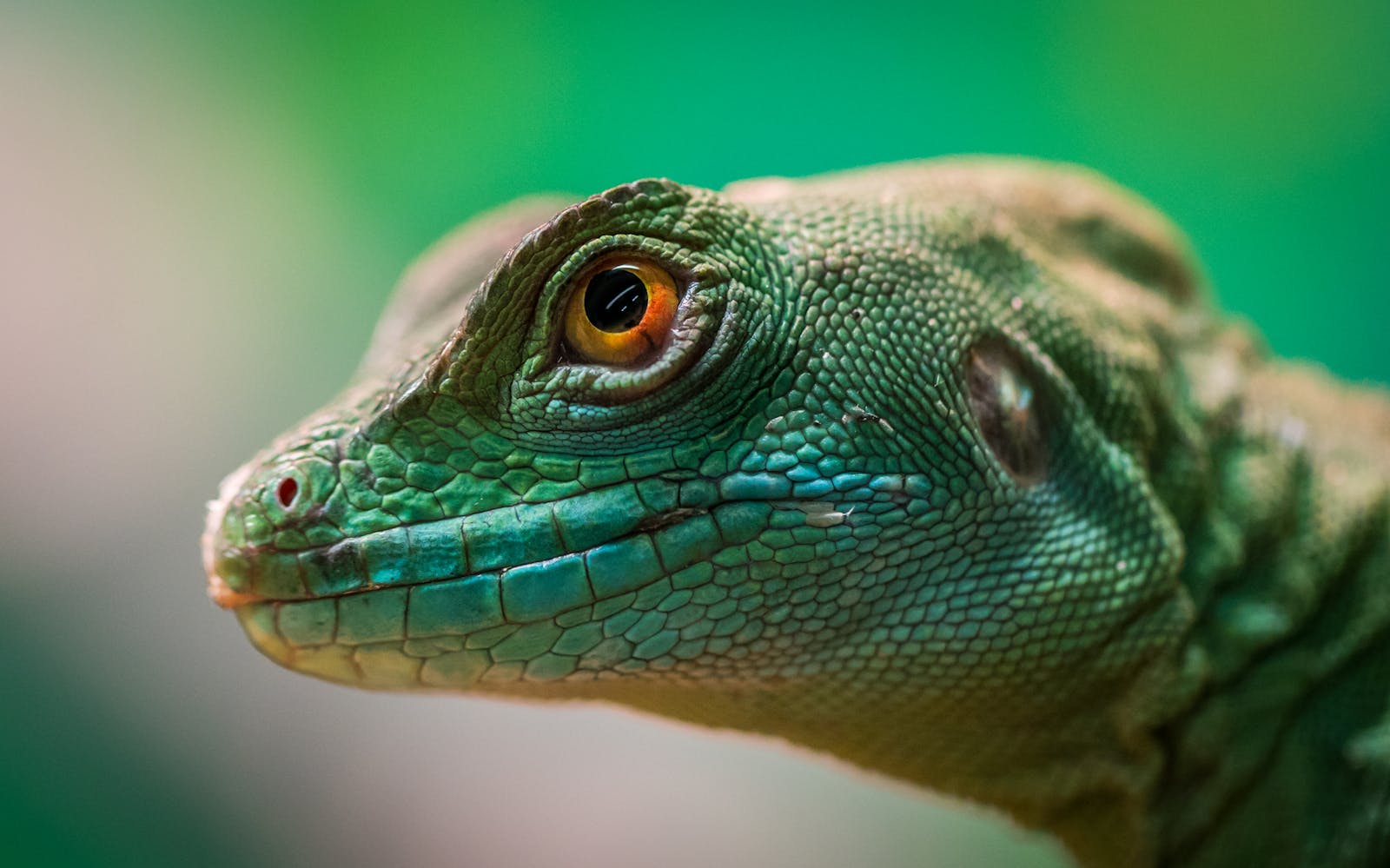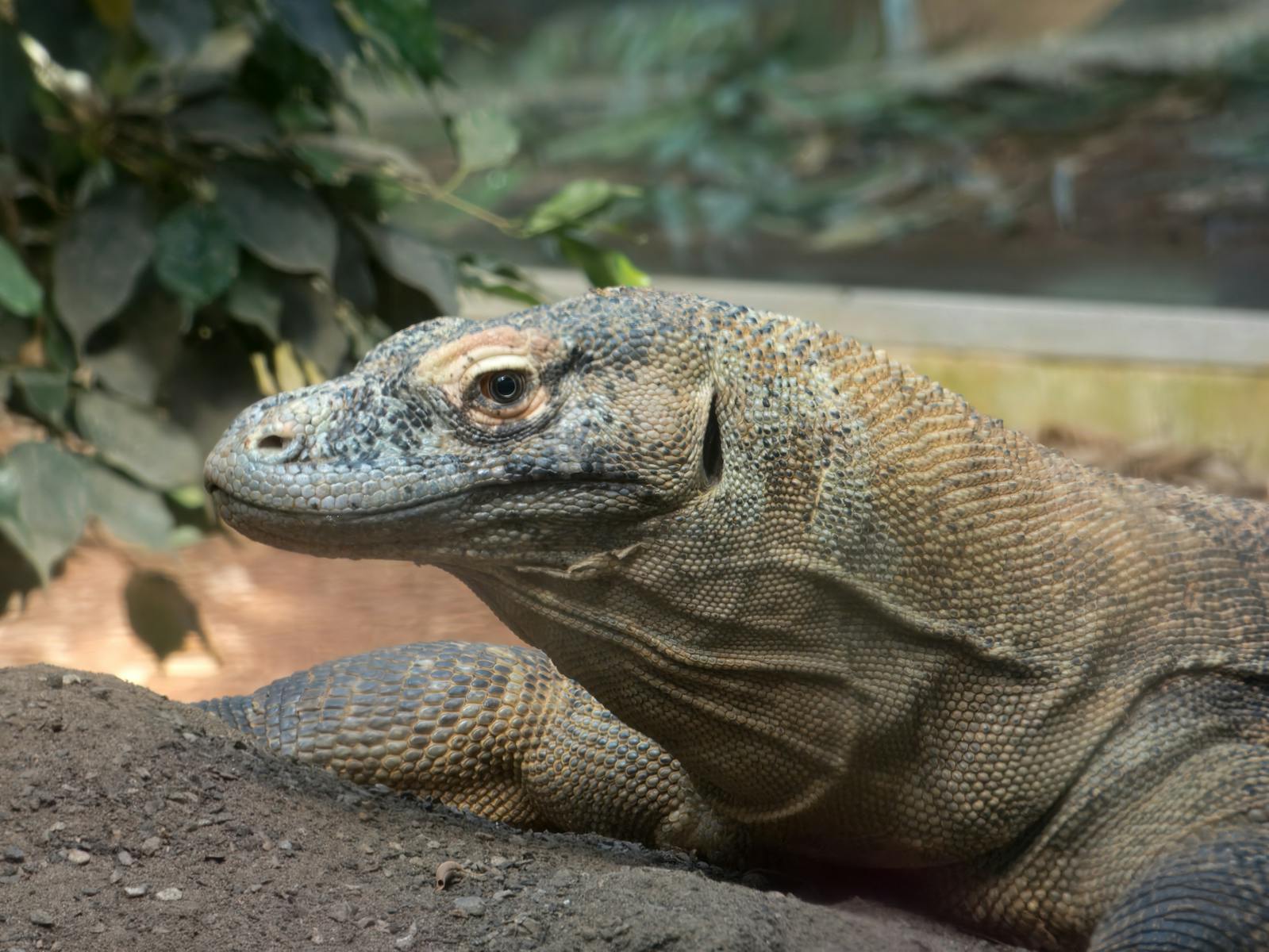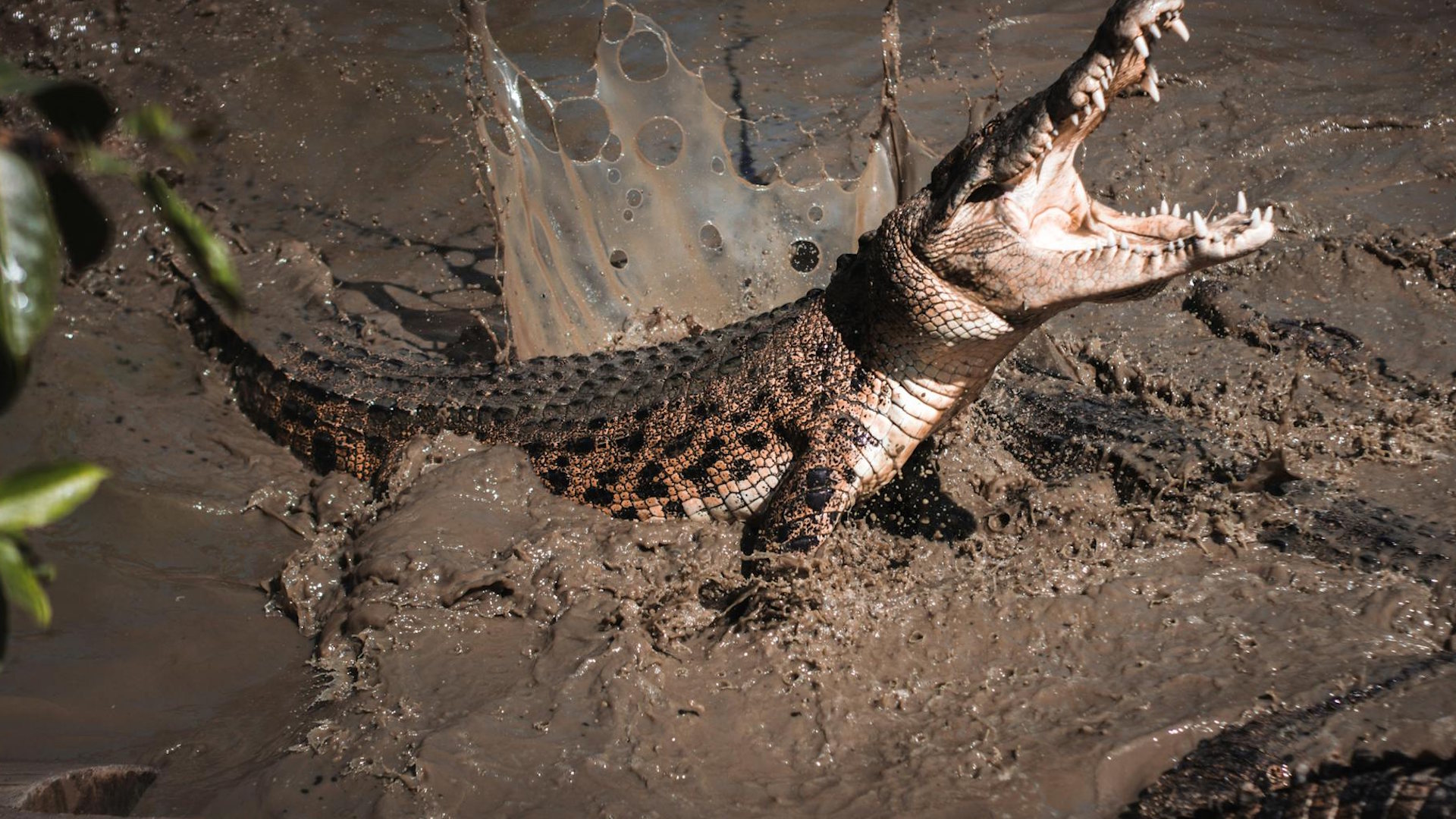In the realm of animal strength, few measurements capture our imagination quite like bite force. This raw display of power provides fascinating insights into how predators have evolved to capture prey, defend themselves, and sometimes even crack through the toughest materials in nature. Among vertebrates, reptiles stand out for their remarkable jaw strength, with some species possessing bite forces that would put industrial machines to shame. The strongest bite force ever measured in a reptile not only shatters records but also helps scientists understand the evolutionary adaptations that have made these creatures such successful predators for millions of years.
The Saltwater Crocodile: King of Bite Force
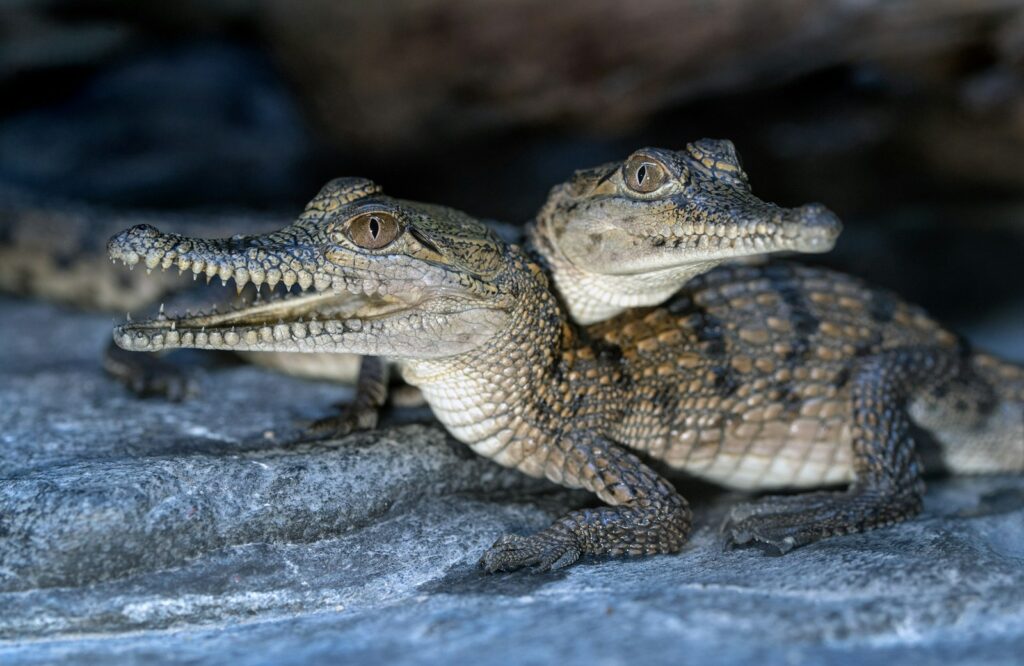
The saltwater crocodile (Crocodylus porosus) currently holds the title for the strongest bite force ever measured in any reptile. Scientific measurements have recorded bite forces exceeding 3,700 pounds per square inch (psi) in large specimens, making it not just the most powerful reptilian biter but also the animal with the strongest bite force of any living creature. These massive predators, which can grow up to 20 feet in length and weigh over 2,000 pounds, use their incredible jaw strength to crush turtle shells, mammal bones, and even the tough armor of other reptiles. The bite force of a large saltwater crocodile is so tremendous that it can easily snap a human femur like a twig, highlighting why these animals are considered among the most dangerous predators on Earth.
How Scientists Measure Bite Force
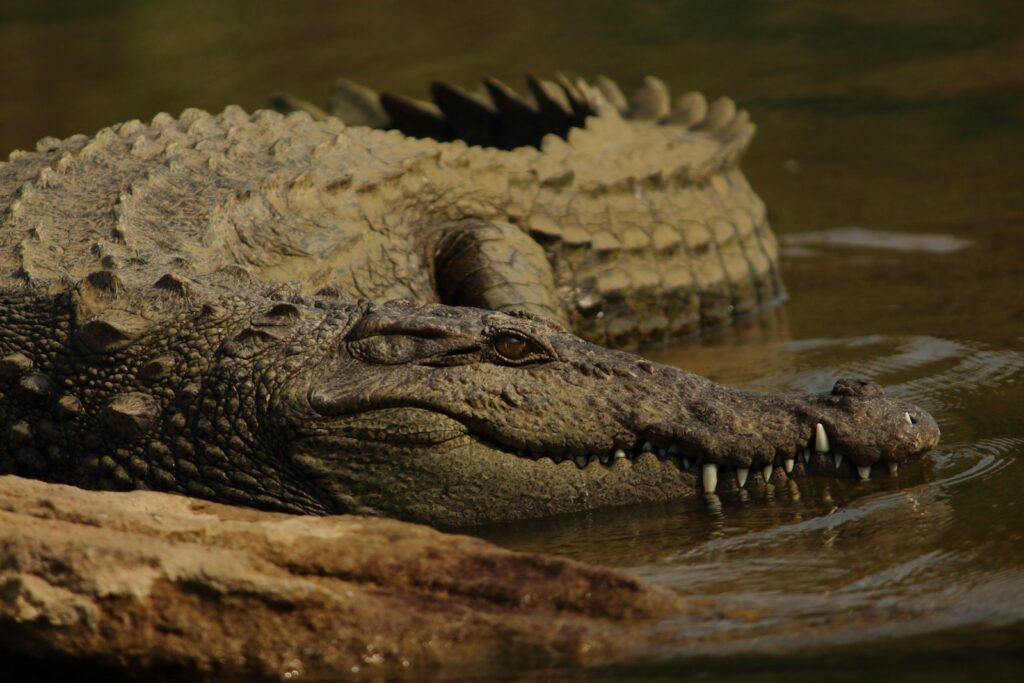
Measuring the bite force of large and potentially dangerous reptiles presents unique challenges for researchers. Modern techniques typically involve specialized pressure sensors mounted on bite-safe materials that can withstand the tremendous forces exerted by these animals. Some studies use force transducers—devices that convert mechanical force into measurable electrical signals—placed between custom-made plates that are presented to the animal. For crocodilians specifically, researchers sometimes use methods where the animal bites down on a rod equipped with strain gauges. With the largest specimens, mathematical modeling based on muscle mass, skull shape, and lever mechanics must sometimes supplement direct measurements, as the forces involved may exceed the capabilities of available equipment. These sophisticated approaches have revolutionized our understanding of reptilian bite mechanics and allow for more accurate comparisons across species.
Factors Contributing to Extreme Bite Force
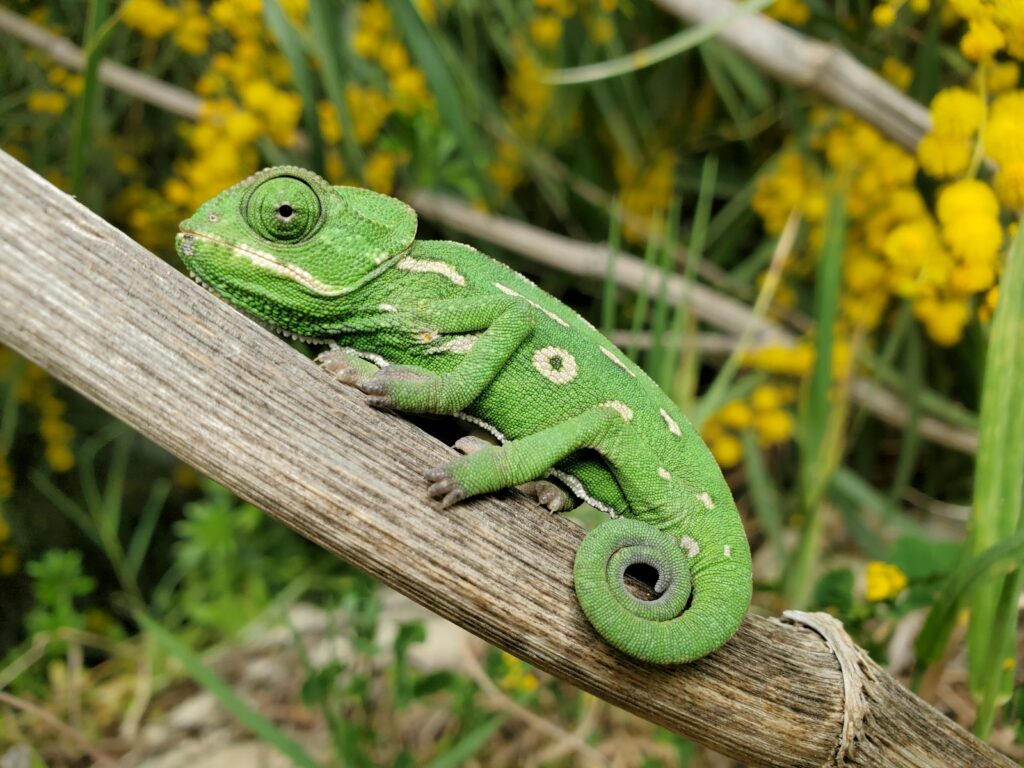
Several anatomical and physiological factors contribute to the extraordinary bite force achieved by top reptilian predators. Muscle mass is perhaps the most obvious contributor, with crocodilians possessing massive jaw-closing muscles that can account for a significant percentage of their head weight. The arrangement of these muscles—particularly the temporalis and masseter muscles—creates optimal mechanical advantage for force generation. Skull structure also plays a crucial role, with features like reinforced bone and specialized sutures that can withstand enormous pressure without breaking. Additionally, the lever systems created by jaw joint positioning relative to teeth and muscle attachments amplify the force generated by muscle contractions. Finally, tooth shape and position are optimized to concentrate force at specific points, allowing some reptiles to exert tremendous pressure on surprisingly small contact areas.
American Alligator: Runner-Up in Reptilian Bite Force
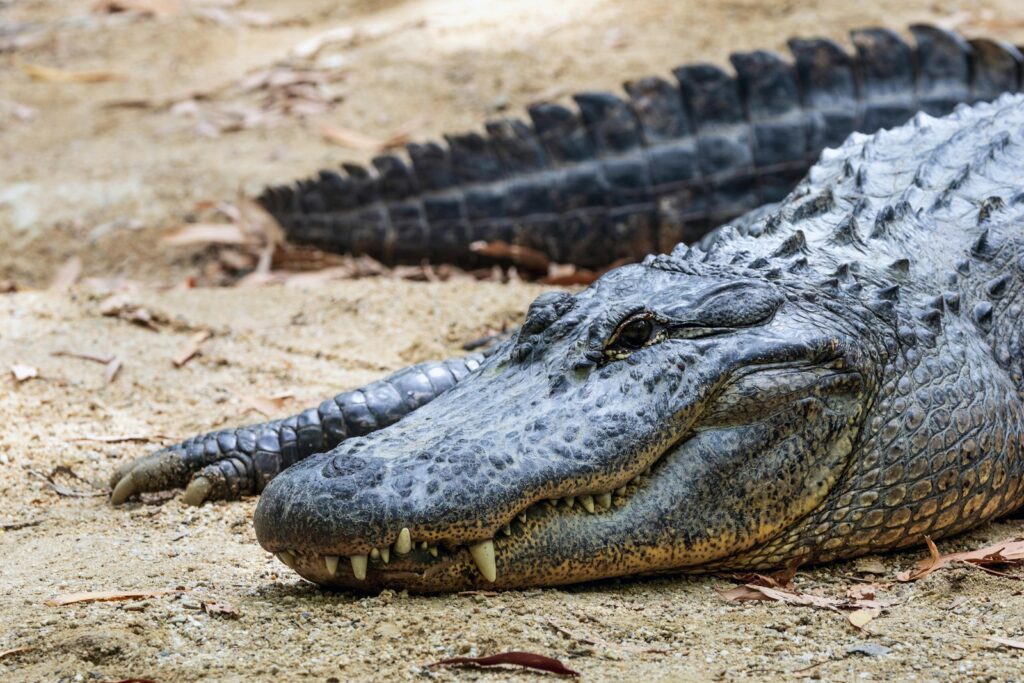
The American alligator (Alligator mississippiensis) claims the second-highest bite force among reptiles, with measurements showing forces of approximately 2,125 psi in large adult specimens. Though not quite matching the saltwater crocodile’s extreme power, this is still more than enough force to crush turtle shells and mammal bones with ease. American alligators have evolved shorter, broader snouts compared to their crocodile cousins, which creates a mechanical advantage that helps generate tremendous force at their back teeth. These powerful jaws allow alligators to practice “ambush predation,” where they can quickly capture and dispatch prey with a single devastating bite. Interestingly, research has shown that alligator bite force increases proportionally with body size throughout their lives, meaning the largest individuals possess the most formidable biting capability.
Nile Crocodile: Africa’s Bite Force Champion
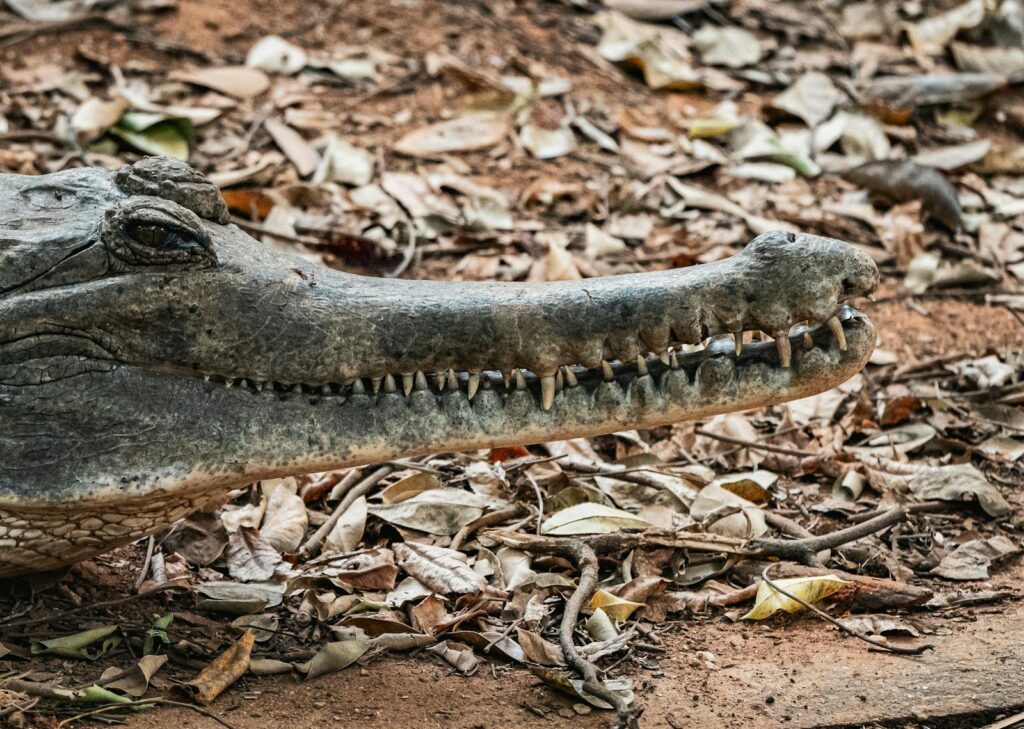
The Nile crocodile (Crocodylus niloticus) ranks third among reptiles for bite force, with measurements showing forces of approximately 5,000 newtons or about 1,100 pounds of pressure at the tips of their teeth. These massive African predators play crucial ecological roles in their native habitats, using their powerful jaws to take down everything from fish to large ungulates like wildebeest. A unique aspect of the Nile crocodile’s feeding behavior is the infamous “death roll,” where after securing prey with its devastating bite, it spins rapidly in the water to tear off manageable chunks of flesh. The Nile crocodile’s bite force is perfectly adapted to this feeding strategy, as it must maintain its grip during this violent rotational maneuver. Despite weighing less on average than saltwater crocodiles, large Nile crocodiles still possess jaw strength that far exceeds any mammalian predator.
Comparing Reptile Bite Force to Mammals
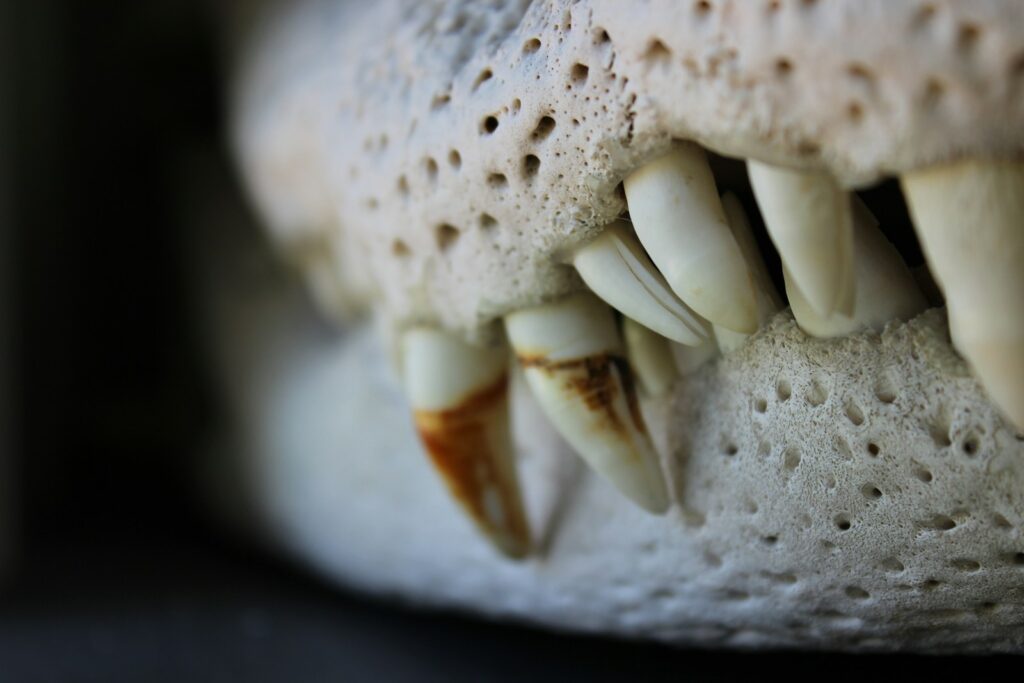
The bite force supremacy of large reptiles becomes even more impressive when compared to mammalian predators. The strongest mammalian bite force belongs to the hippopotamus, measuring around 1,800 psi—less than half that of the saltwater crocodile. Big cats like lions and tigers generate approximately 1,000 psi, while hyenas, with their specialized bone-crushing dentition, produce about 1,100 psi. Even the extinct dire wolf, often considered among the most powerful mammalian biters, is estimated to have had a bite force of around 1,500 psi. The vast difference between top reptilian and mammalian bite forces can be attributed to several factors, including the fundamentally different jaw mechanics and muscle arrangements. Additionally, reptiles like crocodilians have had over 200 million years to evolve their biting apparatus, compared to the relatively recent evolution of mammalian carnivores.
Extinct Reptiles with Extraordinary Bite Force
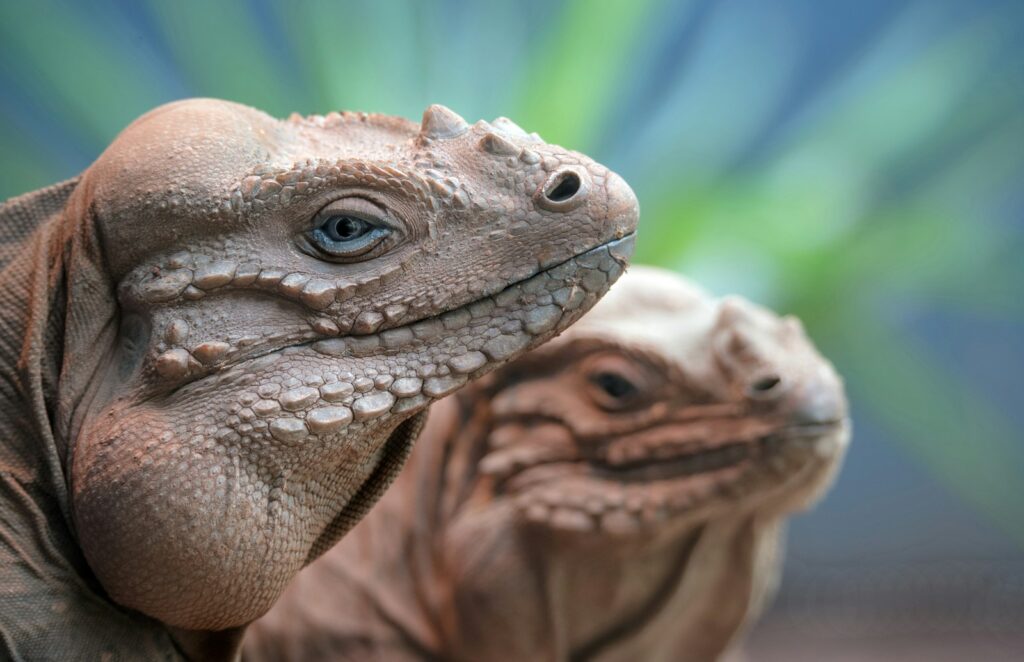
While modern reptiles display impressive bite forces, certain extinct reptilian species likely surpassed even today’s champions. The massive prehistoric crocodilian Deinosuchus, which lived during the Late Cretaceous period approximately 82 to 73 million years ago, may have had a bite force exceeding 23,000 pounds at its rear teeth according to biomechanical models. Even more impressive was Purussaurus, a giant caiman relative from the Miocene epoch, which could have generated forces approaching 69,000 newtons (over 15,500 pounds) based on skull analysis. Outside the crocodilian family, certain marine reptiles like the pliosaur Pliosaurus funkei (nicknamed “Predator X”) likely possessed tremendous bite forces, with estimates suggesting they could exert over 33,000 pounds of force with their massive jaws. Among dinosaurs, Tyrannosaurus rex stands out, with recent research suggesting a bite force potentially exceeding 8,000 pounds—more than twice the force of today’s saltwater crocodile.
The Evolutionary Purpose of Extreme Bite Force
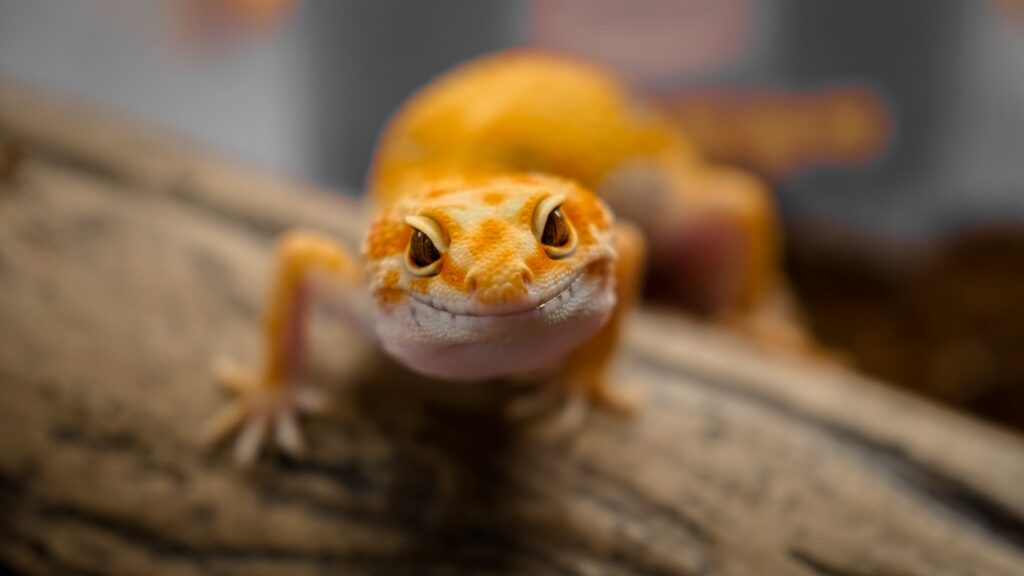
The development of extraordinary bite force in certain reptiles represents a prime example of evolutionary adaptation to specific ecological niches. For crocodilians, powerful jaws evolved primarily as a solution to the challenge of quickly subduing prey in aquatic environments, where the predator lacks the benefit of limbs specialized for prey capture. This adaptation allows them to practice their ambush hunting strategy effectively, securing prey with a single devastating bite before the victim can escape. Strong bite force also enables dietary versatility, permitting these reptiles to consume prey with tough exterior protection like turtles or armored fish. In many cases, extreme bite force correlates with feeding strategies that involve dismembering large prey rather than swallowing it whole, as seen in the crocodilian death roll behavior. Furthermore, in territorial species, powerful bites serve as effective weapons during competition for mates, territory, or other resources, creating multiple evolutionary pressures favoring the development of these remarkable jaw mechanics.
Komodo Dragon: A Different Kind of Biting Power
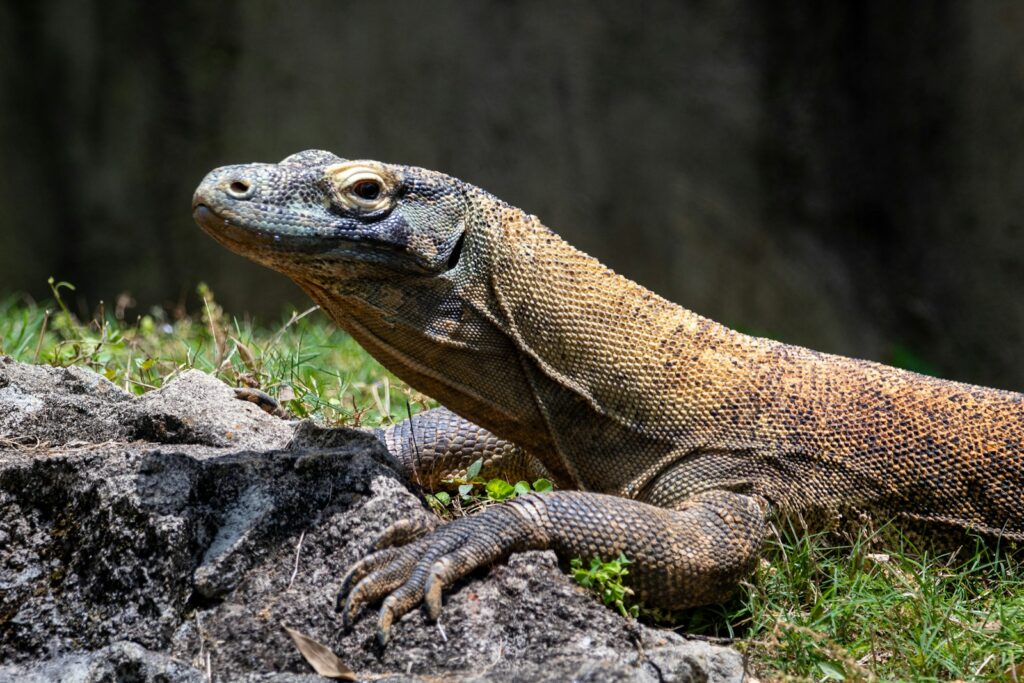
The Komodo dragon (Varanus komodoensis) presents an interesting contrast in reptilian predation strategies, with a measured bite force of approximately 39 newtons per square millimeter—relatively modest compared to crocodilians. However, these largest living lizards compensate with a specialized hunting approach that doesn’t rely solely on crushing power. Komodo dragons possess serrated teeth and powerful neck muscles that allow them to tear chunks from prey through a “bite and pull” motion. Their oral environment harbors numerous bacterial species and recently discovered venom glands that produce anticoagulant compounds, causing prey to weaken from blood loss and bacterial infection after even a minor bite. This strategy demonstrates an alternative evolutionary path to predatory success, where bite mechanics focus on slicing rather than crushing, and biochemical weapons supplement physical force. The Komodo’s unique approach illustrates how different reptile lineages have evolved varied solutions to the challenges of predation beyond raw bite force alone.
Structural Adaptations Supporting Massive Bite Force
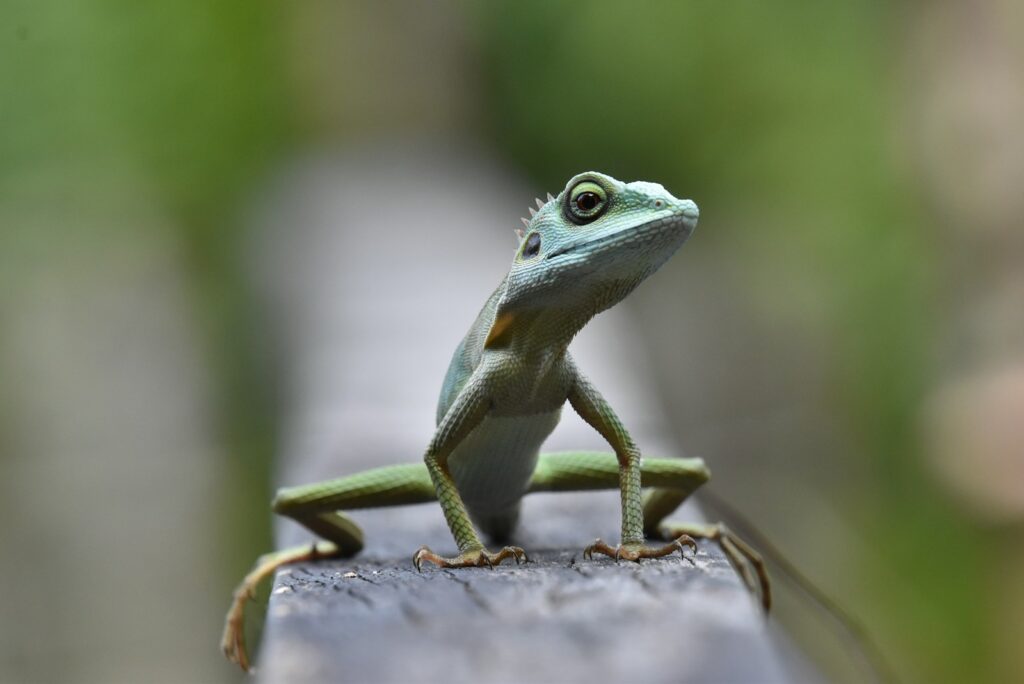
The extraordinary bite forces achieved by certain reptiles rely on specialized anatomical adaptations throughout their skulls and jaw structures. Crocodilians, for example, possess reinforced cranial sutures—the connections between skull bones—that can withstand the tremendous stresses generated during powerful bites without separating. Their secondary palate creates a more rigid upper jaw, providing a stable platform against which the lower jaw can exert maximum force. The teeth themselves show specialized adaptations, with conical shapes that concentrate force on small contact areas and deeply anchored roots that resist displacement during high-pressure bites. Perhaps most important is the unique architecture of the jaw joint, which in crocodilians is positioned to maximize the mechanical advantage of jaw muscles. Unlike mammals, which have complex jaw joints that permit grinding motions, crocodilians have simpler hinge-like joints optimized purely for force generation during vertical biting movements, sacrificing versatility for raw power.
Alligator Snapping Turtle: Turtle with Terrifying Bite

Among non-crocodilian reptiles, the alligator snapping turtle (Macrochelys temminckii) stands out for its impressive bite force, measured at approximately 1,000 psi. This prehistoric-looking freshwater turtle uses its powerful jaws to crush mollusk shells, bones, and even other turtles. Unlike most turtles that have horny beaks, alligator snappers possess sharp, beak-like jaws with ridged edges that concentrate tremendous force on small contact areas. What makes this turtle particularly fascinating is its unique lingual luring hunting technique—it lies motionless underwater with its mouth agape, wiggling a pink, worm-like appendage on its tongue to attract fish that it then captures with a lightning-fast bite. Despite their slow movement on land, these aquatic ambush predators can strike with remarkable speed, closing their jaws in as little as 50-60 milliseconds. The alligator snapping turtle demonstrates how impressive bite force has evolved independently in different reptilian lineages to exploit specific ecological niches.
The Science of Scaling in Reptilian Bite Force

The relationship between body size and bite force follows fascinating mathematical principles in reptiles, particularly in crocodilians. Research has demonstrated that bite force increases exponentially rather than linearly with body size in these animals. Specifically, bite force typically scales with body mass raised to a power of approximately 2/3, meaning that as a crocodile doubles in mass, its bite force increases by about 1.6 times. This scaling relationship creates an interesting evolutionary dynamic where larger individuals gain disproportionate advantages in feeding capability, potentially explaining why many crocodilian species continue growing throughout much of their lives. The relationship also means that even modest differences in size between individuals can translate to significant differences in bite performance. From a methodological standpoint, this scaling relationship allows scientists to make reasonable estimates of bite force in specimens too large or dangerous for direct measurement, by extrapolating from data collected from smaller individuals of the same species.
Future Research and Remaining Questions
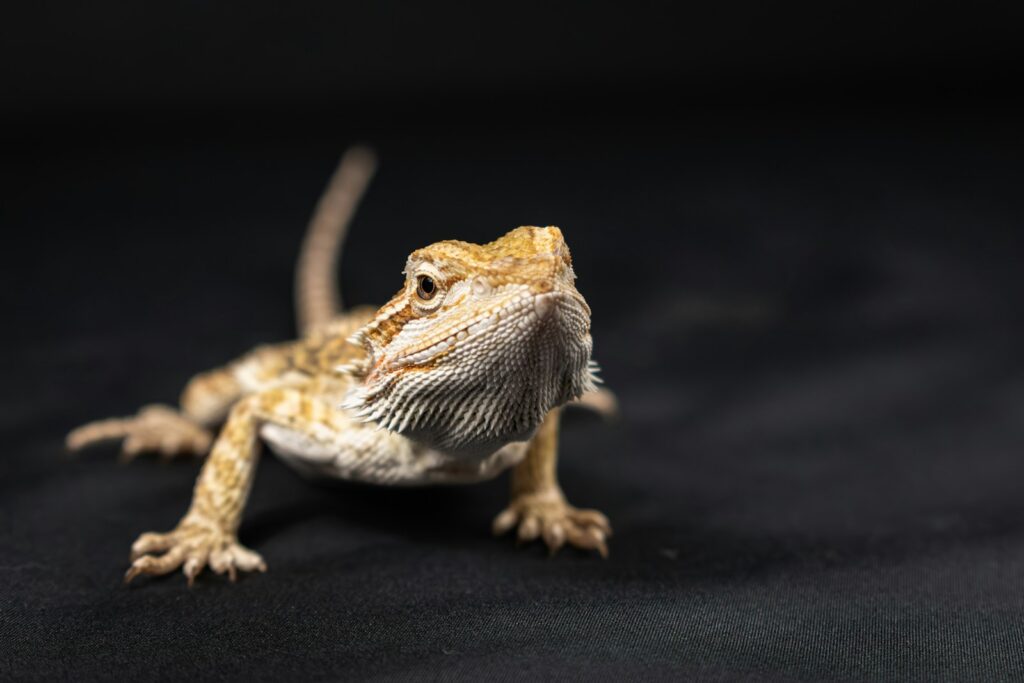
Despite significant advances in our understanding of reptilian bite mechanics, important questions remain unanswered in this field. Scientists continue to refine measurement techniques to obtain more accurate readings from large, dangerous specimens while ensuring animal welfare and researcher safety. An area of active investigation involves the complex relationship between maximum bite force and functional bite force—the strength actually employed by animals during different feeding behaviors in natural settings. Researchers are also exploring how bite force relates to specific tooth positions, as many reptiles show regional specialization in their dentition with different teeth optimized for different functions. Advanced imaging technologies like dynamic MRI may soon allow visualization of internal jaw mechanics during actual biting events, potentially revealing currently unknown aspects of muscle coordination and force generation. Additionally, paleontologists continue developing more sophisticated biomechanical models to estimate bite forces in extinct reptiles, improving our understanding of ancient ecosystems and predator-prey relationships throughout evolutionary history.
Conclusion
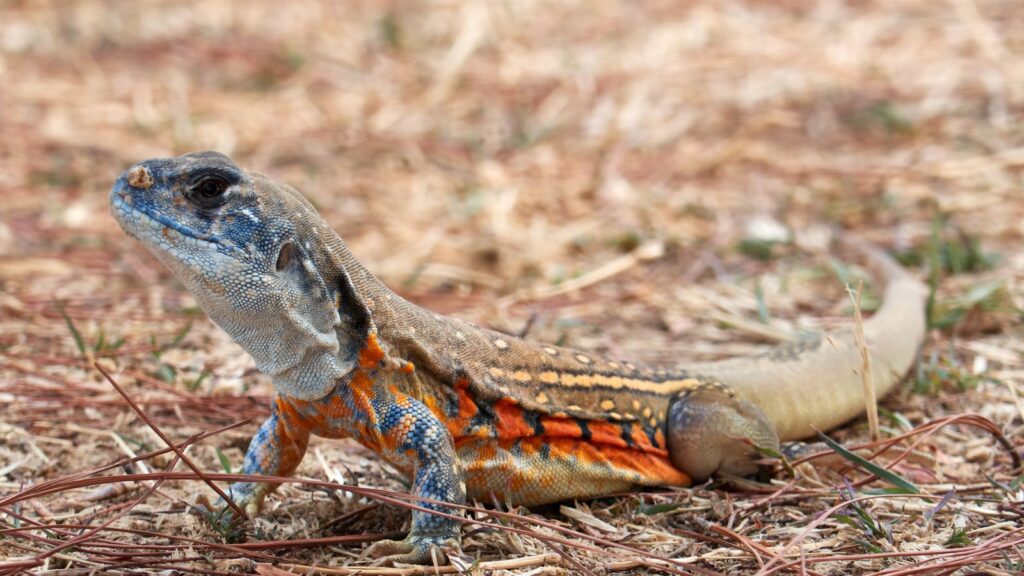
The extraordinary bite force capabilities of reptiles, particularly crocodilians, represent one of nature’s most impressive biomechanical achievements. From the record-holding saltwater crocodile to specialized biters like the alligator snapping turtle, these adaptations showcase the diverse evolutionary pathways that have created successful predators across millions of years. As measurement techniques improve and our understanding of jaw mechanics deepens, we continue to gain insights into how these remarkable abilities developed and function. The study of reptilian bite force not only satisfies scientific curiosity but also contributes to fields ranging from paleontology to biomechanical engineering, demonstrating how nature’s solutions can inspire human innovation. These powerful jaws serve as a reminder of the incredible adaptations that have allowed reptiles to thrive as apex predators across vastly different ecosystems throughout Earth’s history.

